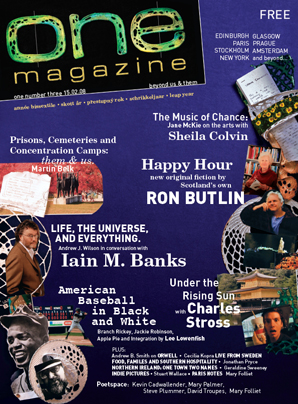Dan Roam’s “The Back of the Napkin” book about visual thinking is a novel approach to problem solving (and deserves a blog post all of its own)
However, I thought it worth examining how I went from not knowing a thing about Dan Roam at midday on Saturday, to understanding a lot more about him and buying his book nearly 11 hours later – as well as finding out a few other interesting things along the way.
Here’s the text based version of events (the diagram above is my own pen and paper effort based on Roam’s tips).
1. My wife buys a copy of The Guardian on Saturday. Leaves me the Sport, Money and Work sections.
2. I look at the front page of the Work Section. Feature entitled “Sketch It Out”. I read about Dan Roam’s book The Back of The Napkin – all about visual thinking and how to use drawing as a highly efficient aid to problem solving (Key message: you don’t need to be able to draw). Note: Guardian offers book to readers for £14.99 – I decide to do more research before committing to buying – and will certainly check Amazon first before buying.
3. Intrigued, I decide later that evening to Google Dan Roam. Top result is for Digital Roam, his own company. Spend a few mins looking at website – then check out his blog. Some very interesting posts
4. Download some PDFs of his visual thinking toolkit – Napkin Tools.
5. Watch Youtube video of Dan Roam presenting to Google staff.
6. Subscribe to Dan Roam’s RSS Feed
6. Decide to buy book (£9.99). Go to Amazon.co.uk to purchase. End up buying another book – Garr Reynolds Presentation Zen – purely on the back of Amazon recommendations (and because I was in book buying mood).
7. Via Dan Roam’s blog, go to Hans Rosling’s Gapminder.org and Ted.com video – now that’s how to present data!
You may think this is an extraordinary effort to decide whether or not to buy a book. But it is only when you detail all the various elements that went into this particular buying process that you begin to understand some of complexity of PR and marketing today.
And Dan Roam and Garr Reynolds both got a book sale out of me – although the routes to each one were very different. And Hans Rosling’s work was a revelation. What a wonderful world we live in.


